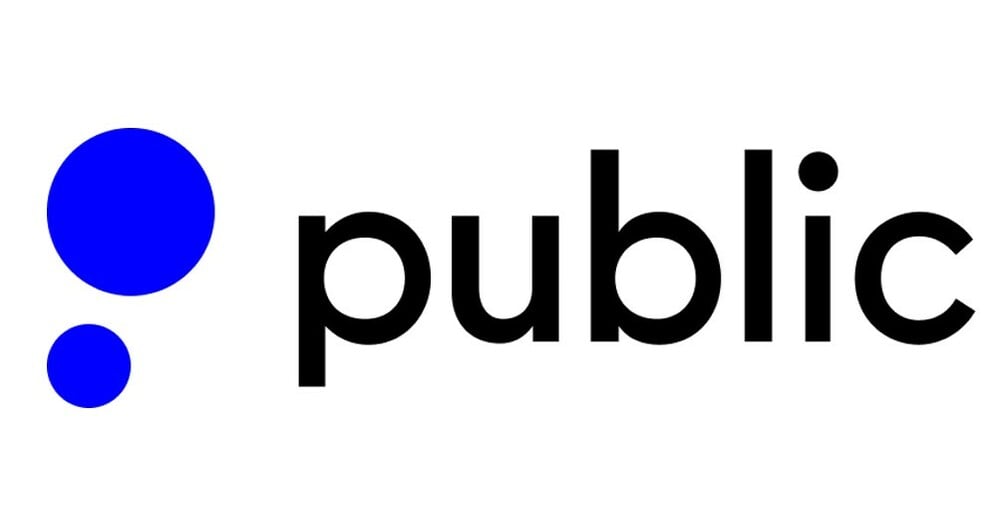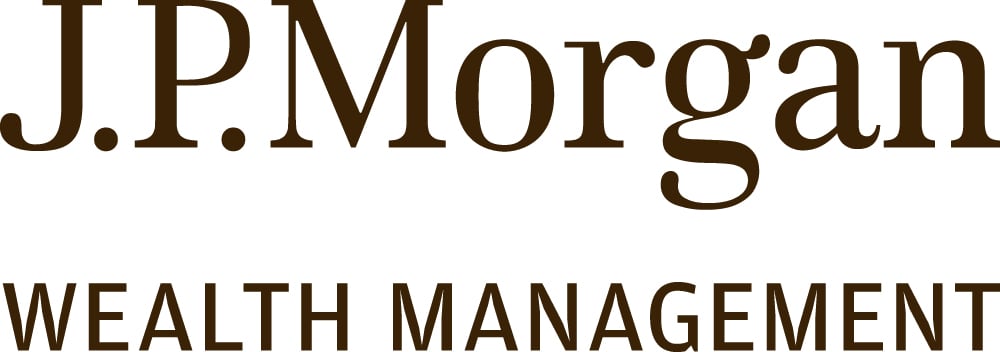Best Ways to Invest $10,000: A Step-by-Step Guide
$10,000 is enough to give you access to many investment options. Here are the best options for investing $10,000 through your brokerage, IRA or 401(k) account.

Many, or all, of the products featured on this page are from our advertising partners who compensate us when you take certain actions on our website or click to take an action on their website. However, this does not influence our evaluations. Our opinions are our own. Here is a list of our partners and here's how we make money.
The investing information provided on this page is for educational purposes only. NerdWallet, Inc. does not offer advisory or brokerage services, nor does it recommend or advise investors to buy or sell particular stocks, securities or other investments.
$10,000 is a healthy chunk of cash — and more than enough to give you cold feet when it comes to deciding how to invest it.
That's actually good news: It means you have options. There are a variety of wise ways to invest five-digit sums like $10,000 — we'll walk you through them below. (Note: We're assuming you've got the financial building blocks squared away — meaning you've paid off any high-interest rate debt and you have a healthy cushion of emergency money stashed away. Those steps are generally recommended before you start investing.)
Note: If you want to make this money work for you but you don't necessarily want to decide how to invest it, you might consider a robo-advisor. These companies charge a low fee (typically 0.25% of your account balance annually, which works out to $25 a year with $10,000) to manage your investments on your behalf. They'll build a portfolio based on your goals and timeline, then monitor that portfolio over time. Here's more about what robo-advisors do and our editorial list of the best options.
1. Decide on a goal
Your endgame matters because it — and when you want to reach it — should factor heavily into how you invest this $10,000.
Why? For one thing, the best way to invest this money will depend on your timeline — if you need the money in five years or less, generally you'll want to keep it out of the stock market, which may be too volatile in the short term. Instead, you can opt for safer options that still earn a decent return. This is also true if you need this money for an emergency fund — when an unexpected expense pops up, you're going to want it easily accessible, like in a high-interest rate savings account.
If you have a longer timeline, you'll likely want to invest at least a portion of this money so you can realize more growth.

The other reason identifying your goal is important: There are some investment accounts that are specifically for certain goals. For example, retirement accounts offer a tax benefit for saving for retirement. College savings accounts offer benefits for college savers. These accounts can also penalize you for taking money out for reasons outside the scope of the account's purpose.
If you're not sure when or why you'll need this money, that's OK — we'll offer options for that below.
2. Decide on an investment account
As noted above, whether you have a specific purpose in mind for this money will help determine which type of account you should open.
Retirement accounts
One goal that is fairly universal: retirement. And it generally ranks high in terms of how to prioritize your investment goals.
Consider a 401(k) or other employer plan first
The best place to invest for retirement is generally a 401(k) or other employer-sponsored plan. These plans typically offer to match some portion of your contributions.
That means when you put dollars into the account, your employer puts dollars in, too. How many dollars depends on your plan’s matching arrangement, but 50% to 100% of your contributions up to a limit of 3% to 6% of your salary is a pretty typical range.
The hitch: You typically can’t just make a lump-sum deposit to a 401(k), so you have to get a little creative to get this cash into your plan and capture matching dollars while you do it. Put the $10,000 into a savings account, then set your 401(k) contribution to the level your employer matches or higher. When that contribution is swiped out of your paycheck, repay yourself from the $10,000 you've stashed in savings.
Max out an IRA
If your employer doesn't offer a retirement plan, or you're already investing enough to earn matching dollars, you'll want to turn to the next best thing: an IRA. That $10,000 is more than enough to max out an IRA for the year. The IRA contribution limit is $7,000 in 2025 ($8,000 if age 50 and older).
An IRA is like a 401(k) you open on your own. There's no employer match, though some brokerage firms offer a small match (generally 1% to 3%) as an incentive for opening an account with them. (Among them: Robinhood, Acorns and SoFi.)
But an IRA also has other benefits, including a wide investment selection and tax advantages. When you contribute to a traditional IRA, your contribution will be deductible. You'll then pay taxes when you pull money out of the IRA in retirement. If you opt for a Roth IRA, you won't get a tax deduction on contributions now, but money you pull out in retirement will not be taxed. Generally, a Roth IRA is best if you think your tax rate will be higher later than it is now, but we compare Roth and traditional IRAs in detail here.
Brokerage accounts
If you're already maxing out retirement accounts or you're investing for a long-term goal other than retirement, you'll want a taxable brokerage account, which you can open at any online broker. (Here's a step-by-step process for opening a brokerage account.)
Unlike an IRA or 401(k), there isn't a tax break for contributing to one of these. But, a brokerage account allows you to access a wide range of investments, and because there is no specific goal for this account, you can take money out at any time for any reason and contribute as much as you'd like.
NerdWallet rating 4.8 /5 | NerdWallet rating 4.6 /5 | NerdWallet rating 4.5 /5 |
Fees $0 per online equity trade | Fees $0 | Fees $0 per trade |
Account minimum $0 | Account minimum $0 | Account minimum $0 |
Promotion None no promotion available at this time | Promotion Earn up to $10,000 when you transfer your investment portfolio to Public. | Promotion Get up to $700 when you open and fund a J.P. Morgan Self-Directed Investing account with qualifying new money. |
Other account options
There are other types of accounts you may want to consider based on specific goals. As mentioned above, college savings accounts typically offer advantages for saving for college — the most common type of college savings account is a 529 plan. There are also investment accounts for kids, called custodial accounts, that allow you to invest on a child's behalf for a goal that isn't related to education. And then there are accounts for special needs, such as ABLE accounts, which are designed to help provide financial security for people with disabilities.
3. Select your investments
The investment account — 401(k), IRA, brokerage — is just a vessel. Once you get that $10,000 in there, you must select investments. With $10,000, you can easily assemble a diversified portfolio. One way: low-cost index or exchange-traded funds (ETFs).
Index funds and ETFs are baskets of stocks (or bonds, depending on the type of fund you’ve selected). They typically track a market index and aim to mirror the performance of that index — for example, the S&P 500 or the Nasdaq. When you use them, you get exposure to many different stocks without actually having to pick individual stocks, which requires research and some level of expertise. They're the backbone of many retirement and other long-term investment accounts, and they're available through most brokerage or retirement accounts.
» View the best-performing index funds or the best ETFs
How to invest $10,000
How to invest $10,000




